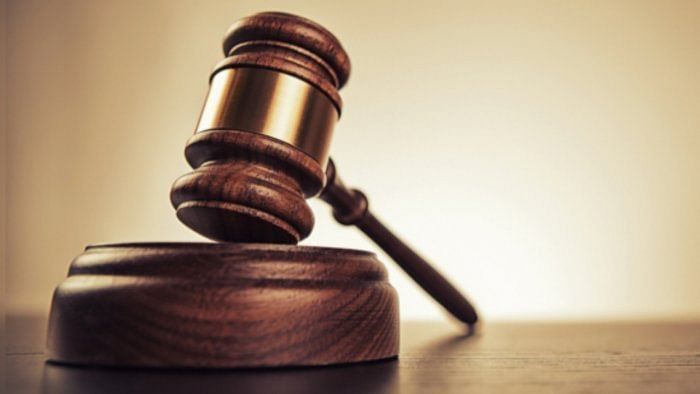
Earlier this year, the Supreme Court in Kaushal Kishore v. Union of India, with a majority vote of 4:1, ruled that fundamental rights guaranteed under Article 19 and Article 21 of the Indian Constitution are horizontally enforceable. Rights are said to be horizontally enforceable when they can be judicially enforced against private parties by a court of law. The scheme of Part III of the Constitution of India defines both the State (under Article 12) and law (under Article 13 Clause 3) for the purpose of vertical enforceability of the rights. Clause 3 of Article 13 in its ambit of law includes laws made by parliament, state legislatures, ordinances promulgated by the President or governors, bye-laws, rules, regulations, notifications, or customs or usages. Both Articles 12 and 13 together envisage that the actor has to be the State/government in case of a violation of fundamental rights.
The ruling now implies that individuals can seek legal remedies against private entities for violations of fundamental rights.
Read | Criticising the courts
A few fundamental rights, like the abolition of untouchability (Article 17), prohibition of human trafficking (Article 23), and prohibition of child labour (Article 24), have had a horizontal application for some time. Likewise, certain aspects under Article 21 have been extended for horizontal application. For instance, the court held in Ikram Hussain v. State of Uttar Pradesh that a writ of habeas corpus could be issued irrespective of the status of the violator. Apart from these, the general principle states that unless a fundamental right is statutorily extended, constitutional remedies exist against the State. A cursory reading of constitutional law would give the impression of the vertical application of fundamental rights, with certain exceptions. The judgement of the SC in Kaushal Kishore, however, turned the jurisprudence upside down. The SC has failed to recognise three primary issues while allowing horizontal applications of fundamental rights.
First, the Constitution is not imparting rights; it merely recognises certain inalienable rights, i.e., the fundamental right to freedoms under Article 19 or the right to life and personal liberty are not conferred by the State, and neither is the State the sole repository of such rights. The Constitution recognises such rights in order to protect them from invasion by the State. The dissent by Justice Nagarathna recognises that these rights are pre-constitutional and have protection under common law. Thus, the natural corollary would be that violations by non-state actors ought to be pursued under common law remedies and would be outside the writ jurisdiction of constitutional courts. As early as 1951 (PD Shamdasani v. Central Bank of India), the SC categorically stated that the right under Article 21 is a safeguard against the actions of the State. Similarly, the content of restrictions under clauses 2–6 of Article 19 is a restriction on authorised actions of the government only.
Second, the jurisprudence developed around Article 12 is complex. While the courts have expanded the scope of ‘other authorities’ under Article 12 to include certain non-state actors, they have refrained from giving a full-fledged horizontal application to fundamental rights in the past. The reasoning of the court in expanding the definition of State has been to include non-state actors who, due to the nature of their work, management, or financial aspects, can be classified as agents of the State. This implies that any non-state actor, if it discharges a public function or has a public character in its functioning that would resemble functions of the government or the State, may be perceived as acting on behalf of the State and hence as an agency of the State.
The third issue is linked to the first one. The SC overlooked the intent behind defining the state in the Constitution. As per Dr Ambedkar, the fundamental rights were to be binding upon every authority, wherein authority meant such a body that has the power to make laws or the power to have discretion vested in it. Ambedkar’s statement was made in response to objections from a few members of the Constituent Assembly that the definition of State was extremely wide. The debates of the assembly make it evident that the intention of the framers was to restrict horizontal applications, which aligns with the theoretical underpinnings of recognition of fundamental rights as opposed to conferment. While there are issues with the logical conclusion of this judgement, there is also a cacophony in constitutional law as a result of the ruling of the majority. The judgement, in essence, has paved the way, which may lead to the redundancy of Articles 12 and 13 for all practical purposes.
If the rights under Part III of the Constitution need not be enforced against the State alone, the definition of the State is futile for the purpose of enforcement of rights
and constitutional interpretation as well.
(The writer is a student at National Law University, Jodhpur)